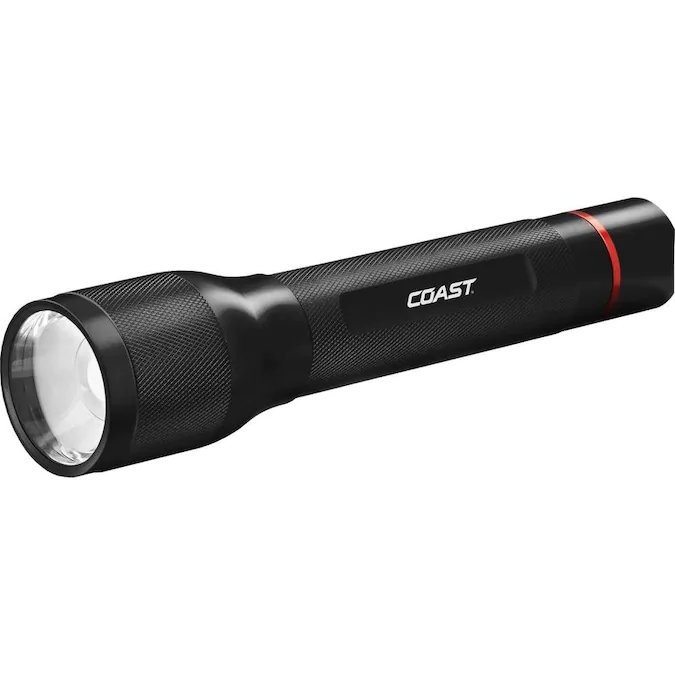
Flashlight: None of the tools you own will be of any use if you cannot visually inspect the situation. The problem—and solution—are apparent only with a good flashlight. A traditional two-battery flashlight is usually sufficient, as larger flashlights may be too unwieldy. Of course, having backups at home (as well as in all your vehicles) is a must for emergency situations.
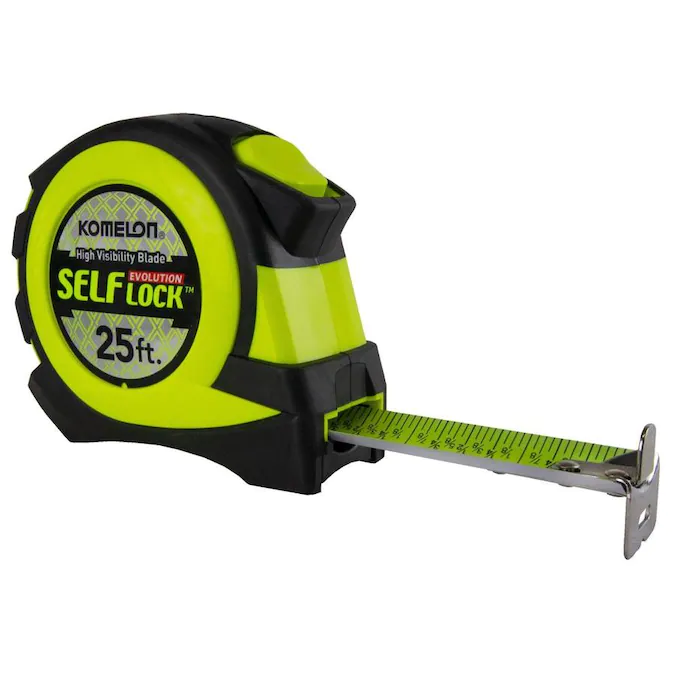
Tape Measure: Measuring house projects requires a tape measure—not a ruler or a yardstick. Tape measures come in many lengths, although one that is at least 25 feet is best. Measure everything at least twice to ensure accuracy, regardless of the project.
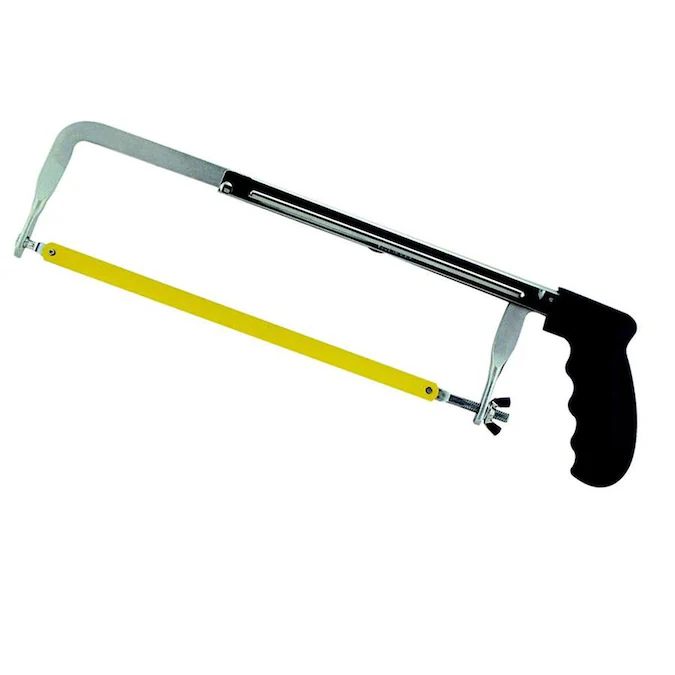
Hacksaw: A hacksaw is useful for cutting metal objects, such as pipes, bolts and brackets. Hacksaws look thin and flimsy, but they’ll easily cut through even the hardest of metals. Blades are replaceable, so focus your purchase on a quality hacksaw frame. Use a stable surface for cutting, and use caution, as a hacksaw injury can be painful and deep.
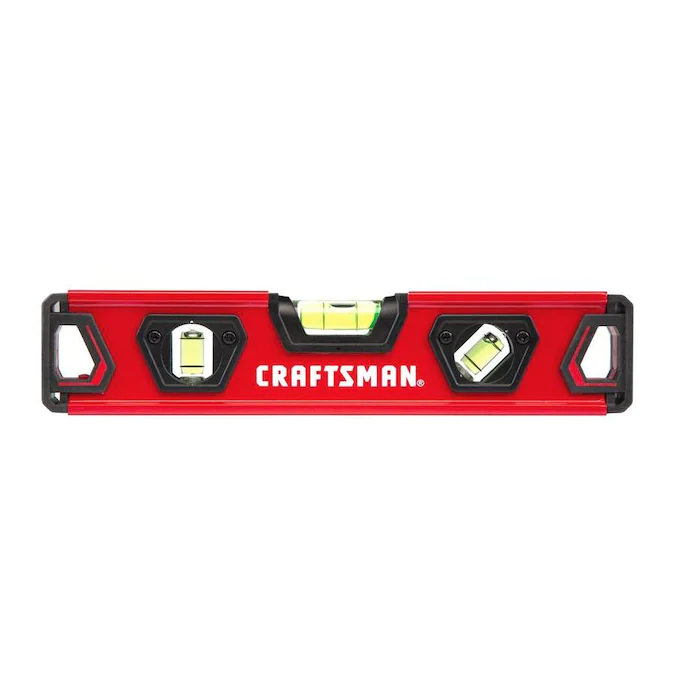
Torpedo Level: Only a level can be used to determine if something, such as a shelf, appliance or picture, is correctly oriented. The torpedo-style level is unique because it not only shows when an object is perfectly horizontal and vertical, but it also has a gauge that shows when an object is at a 45-degree angle. The bubble in the viewfinder must be exactly in the middle—not merely close.
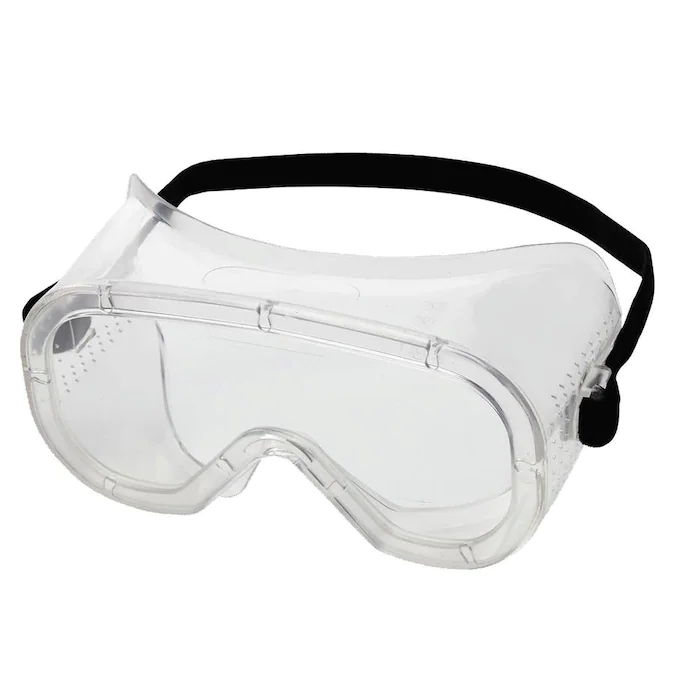
Safety Glasses / Goggles: For all tasks involving a hammer, saw or a power tool, you should always wear safety glasses or goggles. They should also be worn while you mix chemicals, install insulation, and do major renovation projects involving tear-downs of building materials, such as drywall, because anything that can go airborne upon destruction can wind up in your eyes, causing irritation or injury.
Five more tools will be covered next month!


